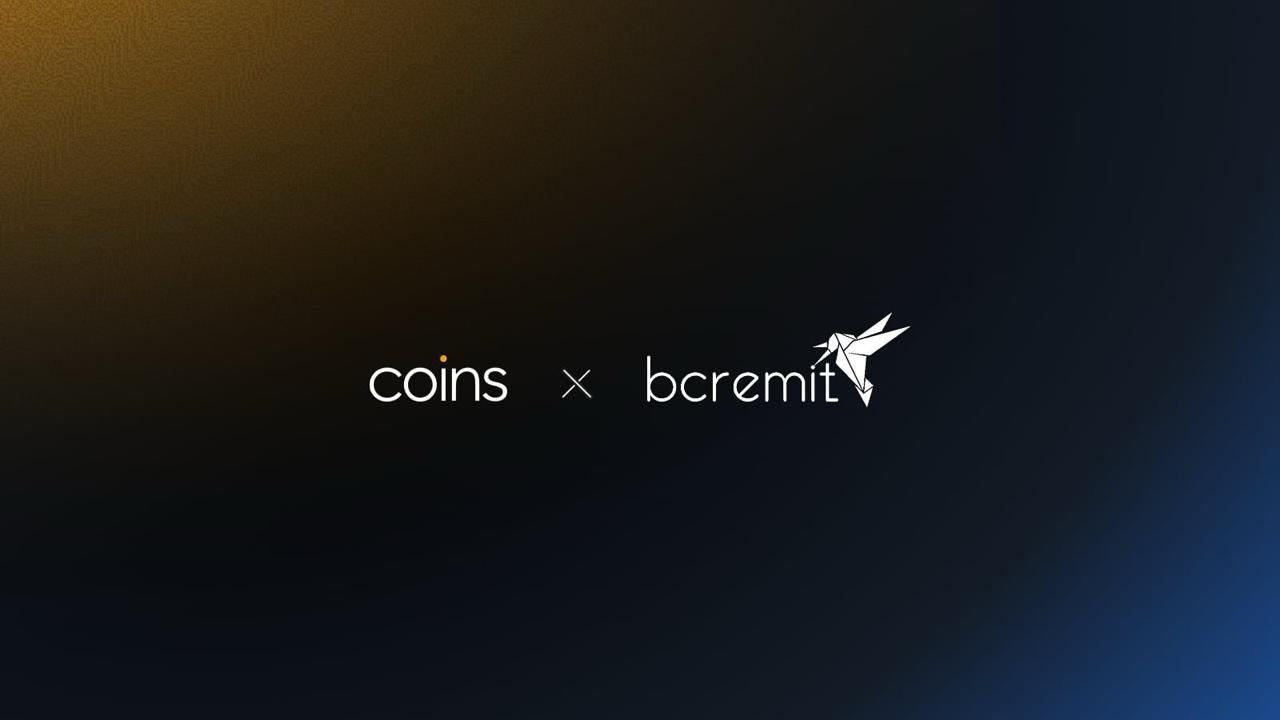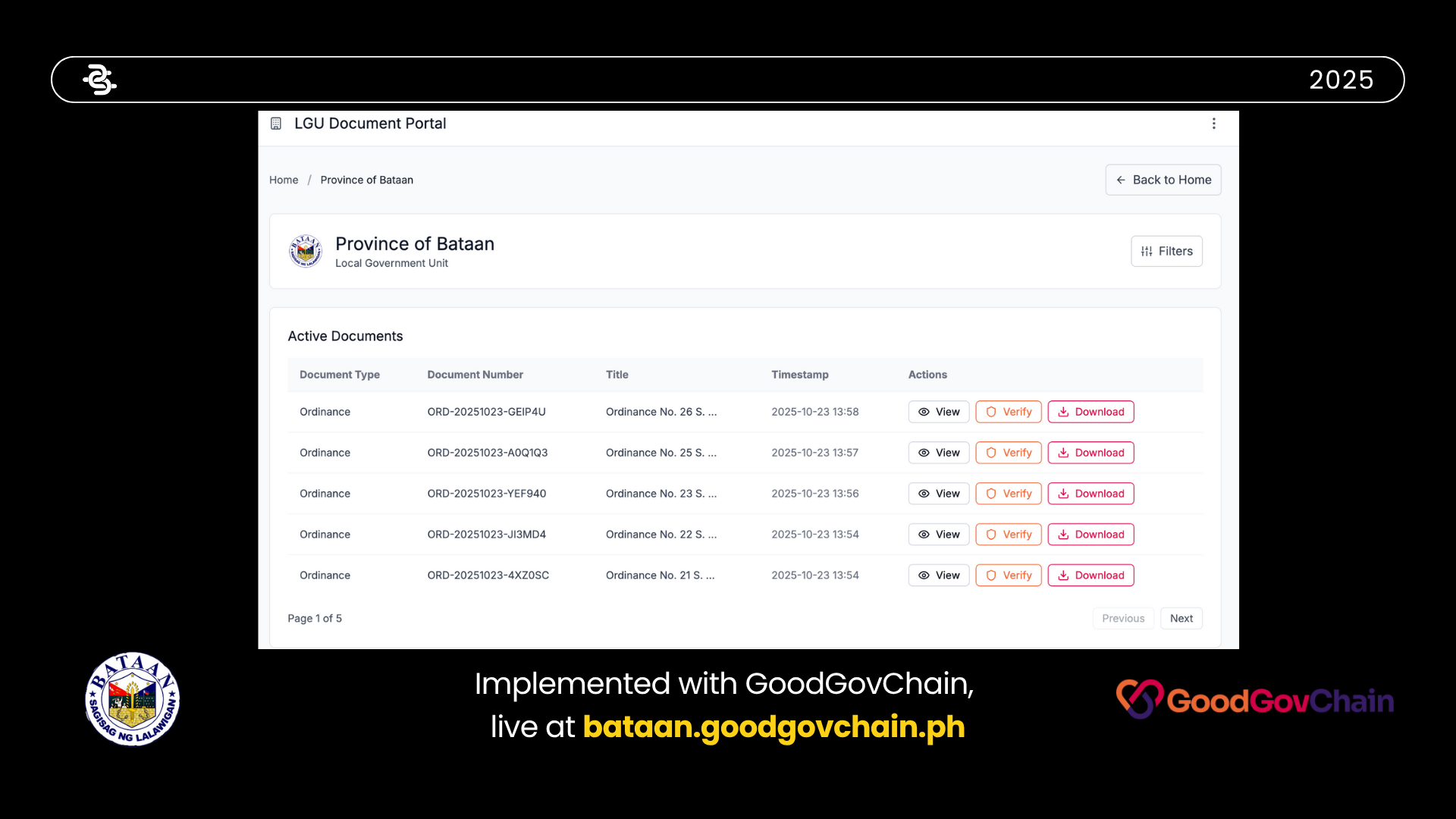How Competitive Fee Models Are Reshaping Crypto Trading
How Competitive Fee Models Are Reshaping Crypto Trading
For years, trading fees have been an unavoidable cost for anyone active in crypto markets. Whether through fixed maker–taker charges or hidden spreads, fees have quietly dictated where traders choose to buy and sell. In 2025, however, this dynamic is shifting. Exchanges are increasingly experimenting with competitive fee structures—including limited zero-fee trading—to attract and retain users.
Much like how high remittance transfer fees discourage overseas workers from sending money as often as they’d like, trading fees can have the same psychological effect. When every transaction feels diminished by a cut, even active traders hesitate. It’s this friction that new fee models aim to reduce.
Why Fees Matter More Than Most Think
On paper, a 0.1% or 0.2% trading fee looks minor. But for active traders or institutions operating at scale, those small cuts add up quickly. A high-frequency trader moving $1 million in monthly volume at 0.2% per trade effectively pays $2,000 in fees—whether they end the month in profit or loss.
These cumulative costs not only impact individual profitability but also shape broader liquidity patterns. Traders are naturally drawn to venues where their costs are lower, creating a feedback loop that can determine which exchanges thrive and which stagnate.
The Rise of Zero-Fee Experiments
Some exchanges have tested short-term or pair-specific zero-fee trading to capture user attention. The most well-known example was the temporary removal of fees for Bitcoin spot trading on certain platforms, which significantly boosted volumes.
In 2025, the trend continues. For instance, MEXC Ventures has extended its zero-fee approach to specific tokens such as Sui ($SUI) and Pengu ($PENGU), following earlier initiatives on Bitcoin and Solana pairs. Rather than blanket fee removal, these targeted promotions highlight how exchanges balance revenue sustainability with incentives designed to draw liquidity.
Fee structures have become a defining competitive battleground. Some platforms rely on ultra-low spot fees while others offer rebates for market makers. A few bundle fee discounts with token staking or loyalty programs. The effect is twofold: lowering user costs while also locking traders deeper into the exchange’s ecosystem.
Regulators also watch closely. Aggressive fee campaigns may drive competition, but they also raise questions about sustainability and whether temporary zero-fee models distort market conditions. For now, however, traders benefit directly from the downward pressure on costs.
What This Means for Traders
For everyday market participants, the message is clear: fee comparisons should be as important as liquidity and security when choosing an exchange. Just as remittance senders calculate how much of every dollar actually reaches their families, traders need to calculate the net cost of buying and selling.
Platforms like MEXC offering limited zero-fee trading show that there are alternatives to the traditional cost-heavy model. While these promotions won’t last forever, they reflect an industry trend that is likely here to stay: exchanges competing not just on assets and speed, but on how little they take from their users.
For Southeast Asia audiences only. Not intended to Philippine residents. Nothing in this content constitutes financial advice. Always do your own research before engaging in any digital asset activities.
.svg)


.svg) SHARE TO FACEBOOK
SHARE TO FACEBOOK SHARE TO TWITTER/X
SHARE TO TWITTER/X SHARE TO LINKEDIN
SHARE TO LINKEDIN SEND TO MAIL
SEND TO MAIL



.svg)


.svg)